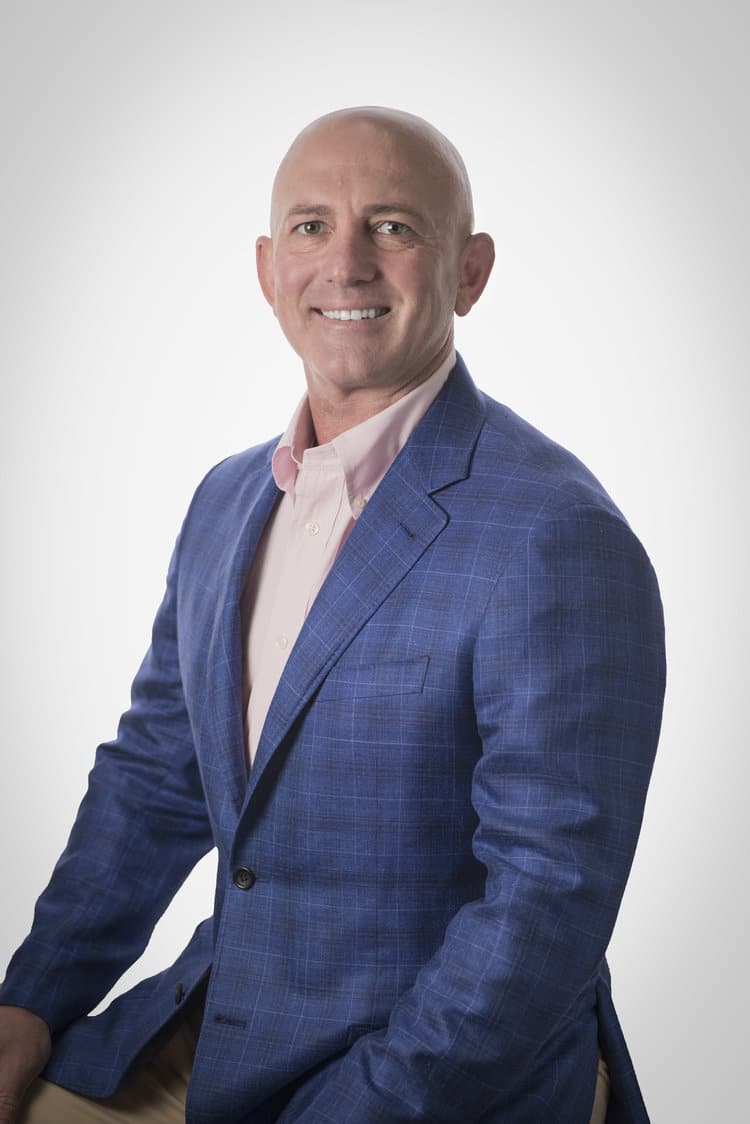[Podcast] Experiential Marketing: An Exciting Time for Healthcare

Aaron Gaeir, CEO/Owner of Grandesign
For today’s podcast, I sat down with a marketing colleague, Aaron Gaeir, CEO and owner of Grandesign. He’s doing some impressive things in the world of experiential marketing—a subspecialty of marketing that really only a few agencies can do (and do well).
We talk about Gaeir's definition of experiential marketing, look at some of Grandesign’s successful campaigns in healthcare and beyond, and talk about how healthcare can create engaging campaigns and immersive experiences. When creating your marketing plan for the new year, it’s definitely another thing to consider adding to your budget.
Check out our interview below and keep reading for insights and samples of Grandesign's campaigns.
What Is Experiential Marketing?
Aaron Gaeir and the team of Grandesign see it this way: “Experiential marketing is a true immersive experience that involves engagement: touch, feel, social sharing, critiquing. When you connect with the brand or product in a cool unique way, you’re actually engaged with and immersed in that brand.”
We’ve all encountered experiential marketing on a small scale. There are people who twirl signs outside of businesses and “brand ambassadors” who, say, pass out keychains with a logo for Bud Light. These “sampling programs” all go in the experiential bucket. But to Gaeir, these don’t encourage participation in a way that truly touches the senses—like this fun healthcare-related billboard campaign:
“When you have the chance to participate with a brand in a cool, unique way,” Gaeir says, “that you will socially share and gravitate to, you’re more of a participant. It touches the other senses, so you walk away with a strong recall because you engaged in a physical way.”
Examples of Experiential Marketing
Grandesign has several samples of experiential marketing in its portfolio—representing 132 brands from Netflix to Wendy’s to TBS to Zappo’s. I’ve got a daughter who self-identifies as a nerd, so I was particularly excited to talk to Aaron about his work creating highly interactive experiences at Comic-Con.
Grandesign was able to put together an event that engaged several brands from Pepsi to Ghostbusters, appropriately dubbed "The Experience.” This allowed the enthusiastic, "fanatic" group of Comic-Con attendees to attend panels, watch screenings, play games, and participate in a way unlike any other. Most importantly, attendees were willing to share these experiences on social media, engaging their friends and families with these brands as well.
Pop-up events, interactive signs and billboards, visual representations of impressive statistics: these are all things that encourage an audience to engage. Take this pop-up for the Monterey Bay Aquarium, a traveling Airstream trailer disguised as a submarine complete with educational activities for kids to encourage interest in the aquarium.
Why Consider Experiential Marketing in Healthcare Advertising
Gaeir acknowledges that finding the experiential angle in healthcare marketing can be difficult, especially when you must also make sure you comply with HIPAA. However, his team has worked in healthcare before and created highly engaging experiences in a seemingly-mundane market.
Related: Waze Advertising in Healthcare
Experiential marketing is focused on people who engage—and today that tends to be millennials. Experiential is the number one fastest-growing form of advertising to drive millennials. While this demographic may have been overlooked by healthcare in the past, today’s millennials are up to 37 years old, and need quality healthcare.
Here are the facts:
- 96% of millennials that participate or engage with a brand take pictures or video and share it online
- 86% of the people they share with will open and review the brand because its from a trusted source
- For 13 quarters in a row, experiential marketing has been the fastest-growing spend for advertising, partly because of its high trackable ROI
- 93% of brands say experiences are more effective than TV for ROI
- 79% of brands say they will increase their experiential marketing budgets for next year
“It’s the wave of the future and is driving other media,” Gaeir points out. “If you do something great with experiential marketing, you get good PR, social sharing, and brand awareness for digital because you’ve done something unique for that millennial audience.”
Healthcare Experiences That Touch Lives
At one point, Gaeir worked with a hospital that employed a surgeon whose hands were insured with a $10-million policy. His team had to figure out a unique way to communicate to this community that one of the best surgeons in the world was right there in their neighborhood. So they recreated a giant chandelier formed as a replica of his hands, which created a ton of PR and social sharing.
Gaeir says there are a number of creative concepts in healthcare that could demonstrate how much a hospital has achieved, or show the great work its doctors do every day. One idea is to put a visual to those high numbers, much like an anti-tobacco campaign once filled Times Square with thousands of pairs of shoes to represent annual tobacco deaths.
The feel-good element is another great way to create an experience shared by nurses and patients alike. One campaign simply thanked doctors and nurses for their great work by handing out coffee in the morning. In another campaign for a health plan, the team set up a mobile salon to help the homeless with haircuts and free products—a feel-good story to highlight the great work the team is doing.
It’s an exciting time for healthcare advertising. More and more, if you showcase the great work your team is doing or find a unique way to spread awareness (like in the video below), people want to share it.
What’s important is that you showcase it in a visual way that makes it real to your audience. Experiential marketing is exploding right now, and while it might not be the right fit for every organization, it will certainly be fun to see it evolve and grow over the next few years.








